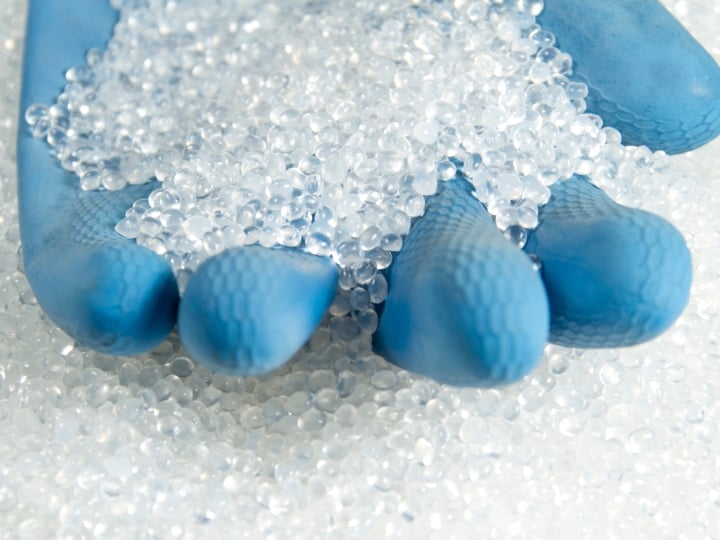Lap shear strength of adhesively bonded metal specimens, by ASTM D1002
Intertek tests bonding metal adhesives for shear strength, according to ASTM D-1002.
Lap Shear Strength of Adhesively Bonded Metal Specimens ASTM D-1002 Scope:
ASTM D-1002 determines the shear strength of adhesives for bonding metals when tested on a single-lap-joint specimen. The test is applicable for determining adhesive strength, surface preparation parameters, and adhesive environmental durability.
There are a variety of ASTM single-lap-joint shear tests including ASTM D-1002 which specifies lap shear for metal to metal, ASTM D-3163 for plastics joints, and ASTM D-5868 for fiber reinforced plastics (FRP) against itself or metal.
ASTM D-1002 test procedure:
Two metal plates are bonded together with adhesive and cured as specified. The assembly is then cut into uniform width lap shear specimens. The test specimens are placed in the grips of a universal testing machine and pulled at 1.3 mm/min (0.05 in/min) until rupture occurs. The grips used to secure the ends of the assembly must align so that the applied force is applied through the centerline of the specimen. The type of failure can be either adhesive (the adhesive separates from one of the substrates) or cohesive (the adhesive ruptures within itself).
Specimen size:
The recommended lap shear specimen is 25.4 mm (1”) wide, with an overlap of 12.7 mm (0.5”). The recommended metal thickness is 1.62 mm (0.064”) and the overall length of the bonded specimen should be 177.8 mm (7”). The specimen failure should occur in the adhesive, and not in the substrate – thus the metal thickness and the length of the overlap may be adjusted as necessary. Adhesive is applied based on manufacturer recommendations.
Data:
Load at Failure (N or lbf)
Shear Strength at Failure (MPA or PSI)
Type of failure (cohesive or adhesive) and percentage
Related Polymer Shear Test Services:

